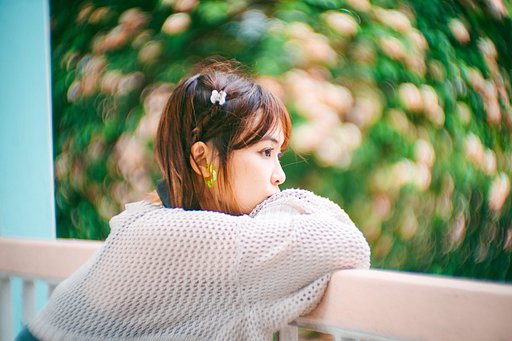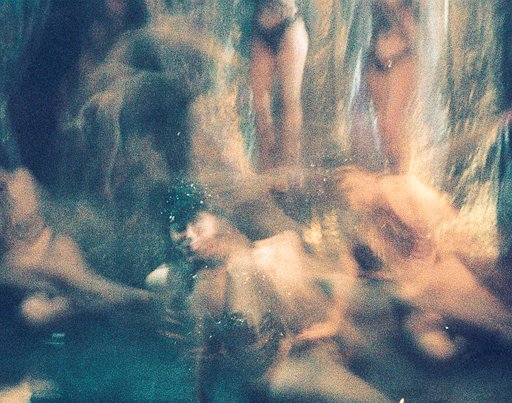Self-Portraits as Therapy: An Interview with Celia Kiedis
10 Share TweetIn this interview Spanish photographer Celia Kiedis, known for her intimate and tender film photography, shares delicate shots taken with LomoChrome Metropolis film and speaks to us about how film photography can be a therapeutic practise.
Hi Celia, welcome to our Online Magazine! Could you introduce yourself to the readers of our Online Magazine?
Hello! Enchanté! I am from Cádiz, a small coastal city in the south of Spain. I have been living here my entire life (25 years), however in recent years I have been traveling between my city of origin and Córdoba, the city where I study and work. I am studying Cinema and Culture at the Faculty of Philosophy and Letters at the University of Córdoba.
Tell us about your photographic background. What is your story? When did you start photographing?
I remember being interested in photography from a very young age. My parents always bought my sister and me disposable cameras for summer camps and I thought it was exciting. Later, with digital cameras, I remember my first red Kodak camera. I remember going on a trip with my family to the mountains and photographing everything that caught my attention.
But when I really remember getting interested in photography it was in high school, when I discovered Tumblr. I was fascinated by the photographs that I found within that social network, I remember saving them on the computer as inspiration and then meeting my sister and my friends to take photos with objects and clothes that we took from our houses. The first time I was proud of a photo essay was when I took my friends to the train tracks and took photos of them with vintage costume accessories. Then our parents, upon seeing the photographs, scolded us for exposing ourselves to the danger of sitting on the train tracks. However, I think the danger was worth it.

In a digital era you shoot mainly on film. Why this choice?
I was lucky enough to be able to study a degree in artistic photography at an Arts School where we studied digital and analogue photography. The magic of the dark room and its final result captivated me completely. Afterwards, when I finished those studies, I did not want to get rid of what I had learned when taking pictures with films.
Who or what inspires your work?
As I mentioned before, my greatest inspiration is found in cinema. Directors like Xavier Dolan, Spike Jonze, Wes Anderson and Greta Gerwig have inspired me with many of their films. I also find inspiration in the world of photography, especially in contemporary female photography with artists such as Petra Collins, Aino Kannisto, Martina Matencio or Tamara Lichtenstein. And in more classic and well-known photographers such as Duane Michals or Franchesca Woodman.
Your photos often capture intimate moments. How do you manage to make your subjects trust you?
I don't usually look for my models to trust me. The photographs usually emerge in a complicit way between both of us. I usually photograph people I know and who are used to having the camera pointed at them at all times.
You also often shoot self portraits. What meaning do they have for you?
At first I took self-portraits because it helped me learn to use the camera better and try new things. However, as the months passed, I realized that photographing myself had somehow become a form of therapy that I had with myself. Most of my first photos are self-portraits inside my room in which only my blue wall and some posters can be seen. I am fond of them and consider them important to the creative process that has led me to where I am today.
Revisiting photographs of some of my favorite photographers, I have seen many of their self-portraits and I have understood that within this era of importance to feminism, photographing ourselves is also a way of being able to verify the work that belongs to us.
You recently tried our LomoChrome Metropolis film for the first time. How was the experience and what characteristics do you like the most?
I really liked its high contrast of cold tones. It seems to me to be a very special film that can be used both indoors and outdoors due to its high ISO.
Which camera did you use for these photos?
I used an Olympus AF-10 Super Quartz Date camera.
Do you have any interesting projects or collaborations planned that you would like to share with us?
Right now I am proud to say that I have worked as a cinematographer on Alex Sereno's latest film “Folie a Famille”, available on Filmin.
Check all Celia works on her Instagram profile.
written by melissaperitore on 2023-09-11 #gear #spain #metropolis #film-photography #lomochrome #intimate-portraits























No Comments